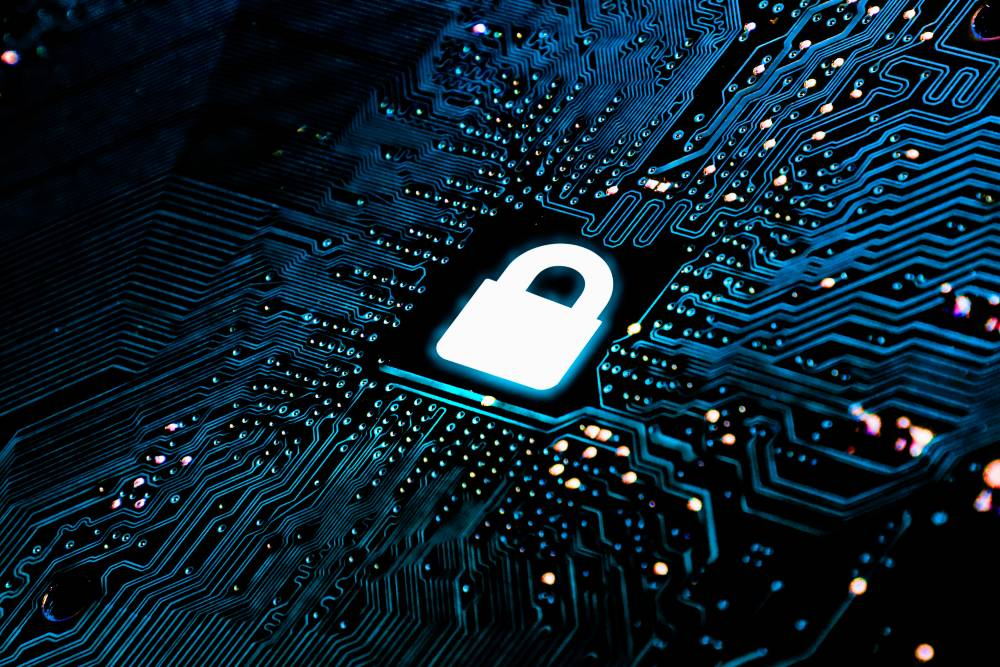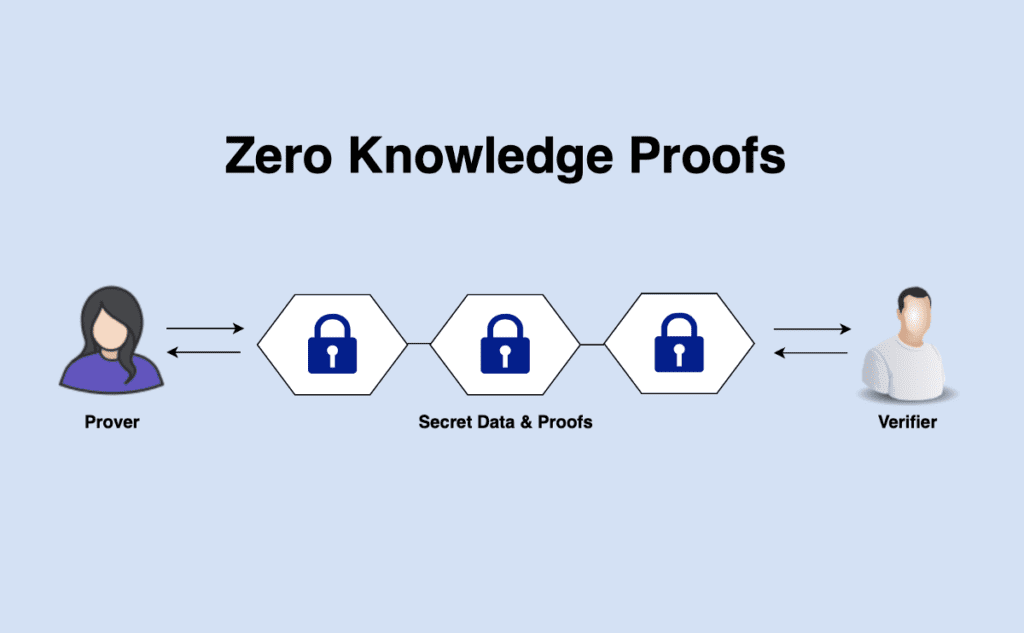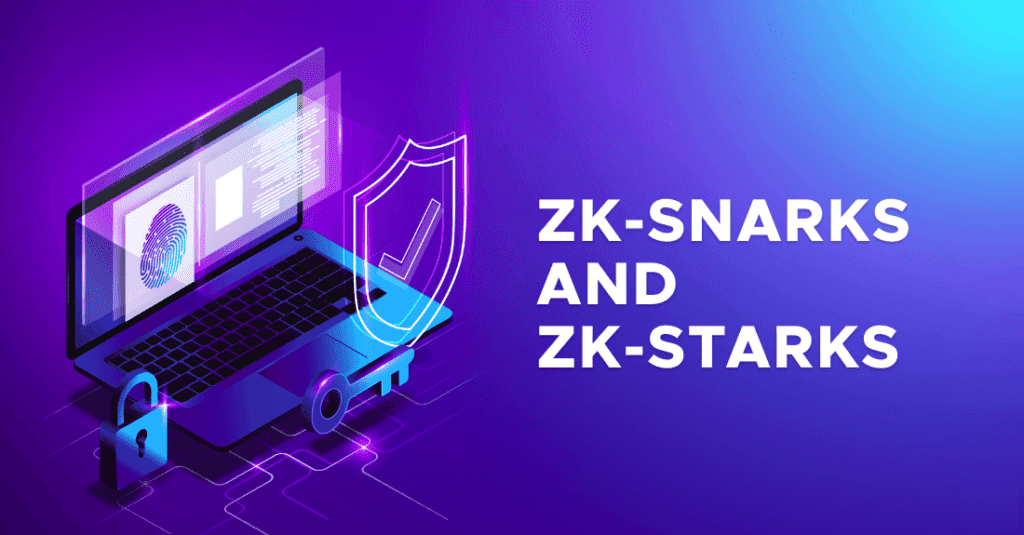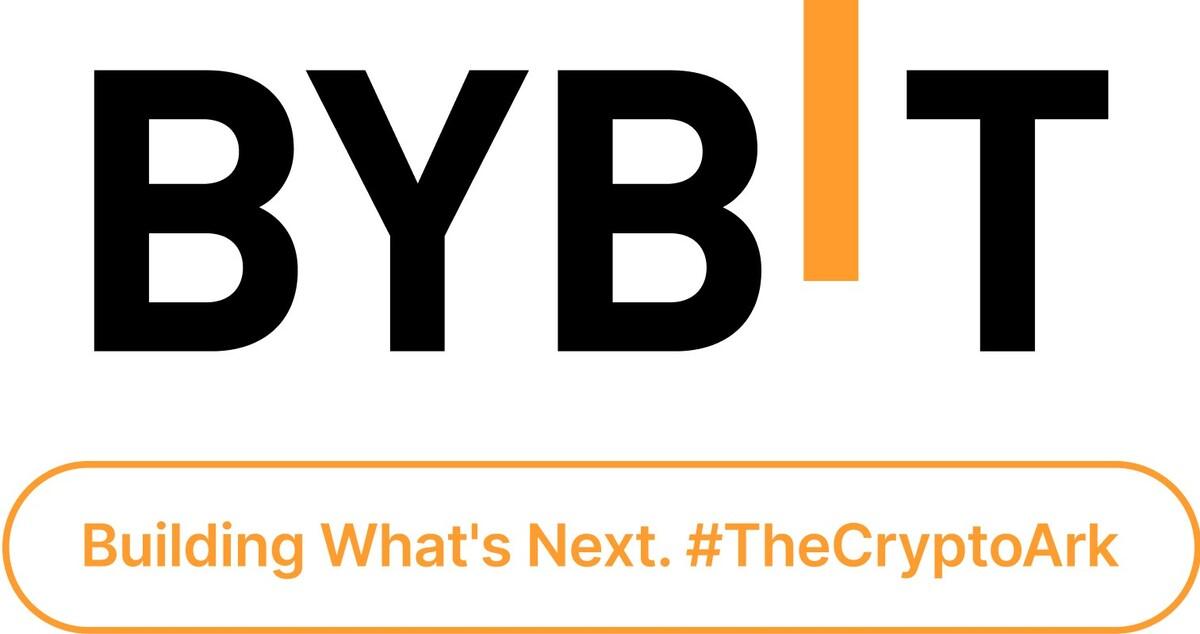Key Points:
- Zero-knowledge proof is a technology full of mining potential. However, its application is another matter.
- There are two types of zero-knowledge proofs: interactive and non-interactive.
- IZKPs require mutual verification between the prover and a verifier. NIZKPs do not need interaction, the prover creates self-contained evidence to clarify the issue.
Zero-knowledge proofs and its applications still have a lot of potential for practice. Not only the method but, depending on the situation, can apply each type of ZKP.
However, is the application of this technology the same? Together with Coincu, we will answer this problem for you to read in the following article.

What is Zero-knowledge proof (ZKP)?
With the constant advancement of computer technology in the digital era, we can easily store, transfer, and analyze a vast quantity of personal and corporate data on the Internet, raising worries about rights. Data security and privacy are also on the increase.
Zero-knowledge proof is a kind of cryptography. ZKP operates on the principle that a prover party shows to the verifier that the information he supplies is true without disclosing any real-life information.
For people who demand control and independence over their information, ZKP provides both flexibility and choice. Several use cases will be addressed if blockchain technology and ZKP are combined.

Types of Zero-knowledge proofs
There are two types of zero-knowledge proofs: interactive and non-interactive.
Interactive zero-knowledge proofs (IZKPs) need a back-and-forth conversation between a prover and a verifier in which the prover replies to the verifier’s inquiries. This engagement may occur in person or over a network such as the Internet. Several interactions with the verifier are necessary in order for the verifier to request further information about the assertion being proven. In each round, the prover must respond to the verifier’s inquiry.
This interactive proving approach is possible for certain large problems, but it introduces time and computational cost concerns and necessitates communication from all players.
Non-interactive zero-knowledge proofs (NIZKPs), on the other hand, do not need interaction between the prover and the verifier. Instead, the prover generates a single, self-contained evidence that the verifier can independently check without the need for further communication. Since the prover and verifier do not have to be online at the same time or exchange many messages, this may be more convenient and efficient than interactive proofs.
Non-interactive proofs are speedier than interactive proofs and involve less processing and communication. Yet, it may not be a feasible approach at times, such as when extra information is necessary for proof or when proving an extremely complicated proposition.
The amount of confidence needed between the prover and verifier is one of the fundamental distinctions between interactive and non-interactive zero-knowledge proofs. In an interactive proof, the verifier must trust the prover to follow the protocol and reply honestly to their requests. In contrast, in a non-interactive proof, the verifier does not need to trust the prover since they may independently check the proof without depending on any information supplied by the prover.
Both interactive and non-interactive zero-knowledge proofs have advantages and disadvantages, and the optimum option for a particular case will be determined by the needs and limitations.
- Interactive proofs may be more appropriate in instances when the prover and verifier are both online and can readily converse.
- Non-interactive proofs, on the other hand, may be more appropriate in instances when the prover and verifier are not both online at the same time or the trustworthiness of the prover is questionable. Finally, interactive and non-interactive zero-knowledge proofs are often selected based on particular challenges and application situations.
IZKPs cannot be implemented extensively
One of the oldest explored and extensively used zero-knowledge proof types is interactive zero-knowledge proof. There will be many rounds of contact between the prover and the verifier throughout this proving procedure.
Interactions between provers and verifiers are required for IZKP, which may be inefficient and time-consuming. To complete proof, the prover must exchange many messages with the verifier. When speed is crucial, such as in high-frequency trading or real-time decision-making, this might be an issue.
For example, you must enter a store to purchase alcohol, but you cannot verify your age beyond your appearance when the shopkeeper juvenile gets suspicious. You’ll have to explain how you can purchase alcohol using the voiceover at this point.
IZKP assumes that the prover and verifier are truthful and will not attempt to cheat or alter the evidence. This assumption, however, is not always correct, and the prover may attempt to deceive the verifier by sending bogus signals or modifying the evidence in some manner. This might jeopardize the proof’s integrity and diminish its use.
To put it plainly, you’re not old enough to drink, but you’re still using words to prove otherwise. If so, it would be disastrous.
Therefore, although IZKPs have the ability to offer excellent security and privacy guarantee, the drawbacks stated above have limited their broad use.
ZK-SNARK
ZK-SNARK stands for Zero-Knowledge Succinct Non-Interactive Knowledge Argument. The ZK-SNARK protocol has the following characteristics:
- Verifiers with zero information may certify the truth of a statement without knowing anything else about it. The only thing the verifier knows about the claim is whether it is true or false.
- In a word, the zero-knowledge proof is simpler than proof and can be shown quickly.
- Non-interactive proofs are distinguished from interactive proofs by the fact that provers and verifiers only communicate once, as opposed to interactive proofs, which entail many rounds of communication.
- Argument: Since the evidence meets the requirement of ‘rationality,’ fraud is very unlikely.
- (Of) Knowledge: It is difficult to produce a zero-knowledge proof without access to sensitive information. A prover with no witnesses will find calculating a valid zero-knowledge proof very difficult, if not impossible.
To use the trusted setup, the user must trust the participants who produce the parameter. Yet, the creation of ZK-STARK has allowed for the demonstration of protocols that work in unstable contexts.
ZK-STARK
The term ZK-STARK stands for Zero-Knowledge Scalable Transparent Argument of Knowledge. ZK-STARK is identical to ZK-SNARK, but for the following differences:
- Scalable: When the size of the witness is bigger, ZK-STARK generates and verifies evidence quicker than ZK-SNARK. Using STARK evidence, the prover and verifier times rise just minimally as the witness number grows (SNARK prover and verifier time increases linearly with witness size).
- Transparency: Instead of building trust, ZK-STARK relies on publicly verifiable randomization to produce public parameters for proof and verification. As a result, they are less opaque than ZK-SNARK.
ZK-STARKs create bigger proofs than ZK-SNARKs, implying greater verification costs. Yet, in certain circumstances (for example, proof of enormous datasets), ZK-STARK may be more cost-effective than ZK-SNARK.

Conclusion
Unlike zkSNARKs, zkSTARKs are based on the foundation of concise, interactive proofs, which implies that proofs may be quickly verified without requiring any interaction between the prover and verifier. As a result, zkSTARKs have better benefits in terms of security and scalability.
But, as technology advances, zero-knowledge-proof technologies will continue to evolve and be used.
While blockchain provides decentralization, transparency, and many other advantages, just utilizing addresses instead of identities does not ensure privacy.
In terms of privacy and security verification, zero-knowledge-proof technology offers a wide range of applications. While it is not a new technology, its application to the growth of the blockchain sector still has a lot of new things to discover and show via practice.
DISCLAIMER: The Information on this website is provided as general market commentary and does not constitute investment advice. We encourage you to do your own research before investing.
Join us to keep track of news: https://linktr.ee/coincu
Harold
Coincu News














